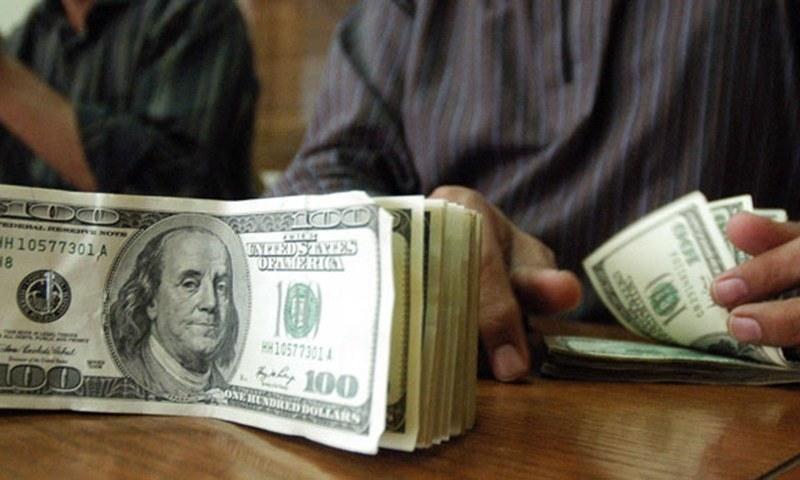Introduction
What Was Liberty Reserve? Liberty Reserve's customers used the company's online exchange facility to make deposits and withdrawals. Accounts could be created with little more than a user's name, birth date, and email address; this information was not validated. Liberty Reserve established a money exchange business in Costa Rica because there was little regulation of international financial transactions. This allowed legitimate transactions and money laundering without drawing much attention from authorities. It costs 1% of the total amount handled, or $2.99, for each transaction. At its height, Liberty Reserve served over a million customers across the globe, including over 200,000 in the United States, and handled about 12 million transactions annually, enriching Budovsky and his colleagues.
Since Liberty Reserve dealt with U.S. dollars in foreign markets, it was subject to investigation under the Patriot Act. The Patriot Act was passed partly to prevent terrorists from using U.S. dollars to fund their operations. After the United States seized and closed Liberty Reserve in 2013, its founder, Vladislav Budovsky, along with several other former employees, were arrested in Spain and extradited to the United States to face allegations of conspiracy to commit money laundering. Budovsky initially pled not guilty but then agreed to a plea deal with prosecutors and altered his plea to guilty a few months later. Ex-employees of the corporation were given light terms in several cases. On the other side, in 2016, Budovsky, the mastermind, was given a 20-year prison term.
Liberty Reserve Laundered Money by Slipping Through the Cracks

The indictment that was just released details an allegedly illegal scheme that began with creating a Liberty Reserve account. Even though a name was required, it did not appear that Liberty Reserve verified the identities of its users by requiring official identification. Authorities believe this action indicates a desire on the part of Liberty Reserve to protect its users' anonymity while facilitating the transfer of funds derived from criminal activity. Users who sign up for Liberty Reserve accounts are given the ability to do business exclusively with other Liberty Reserve account holders. However, no actual monetary transactions occurred between users. "LR," Liberty Reserve's digital currency, was transacted directly between users. It has been rumoured that Liberty Reserve added a one percent fee (up to $2.99) to all LR transfers between users.
The financial services provider Liberty Reserve did not enable direct deposits to be made by customers into customer accounts (from regular bank accounts). Third-party exchangers were businesses that had close financial relationships with Liberty Reserve and acquired LR in bulk and exchanged it for fiat currency. Users were required to make all deposits through these exchangers instead of directly depositing funds into their accounts. After that, it was rumoured that the exchangers offered the LR in smaller transactions to end users in exchange for fiat currency. Users who wanted to withdraw their funds from their accounts had to follow the same procedure: paying LR to an exchanger who subsequently forwarded them the same amount of money in a currency that could be used in everyday transactions.
Anti Money Laundaring Approach
On the Liberty, Reserve website was a list of approved exchangers, all allegedly unrecorded money transmission companies located in countries with lax anti-money laundering legislation. This list was made available on the Liberty Reserve website. According to the rumour, the exchanges levied higher fees than traditional banks do for the same types of monetary transactions. Despite this, neither users nor exchanges were named in the indictment handed down by the grand jury. Arrests have been made on both the American and the European sides of the Atlantic, which may indicate that the United States has received significant assistance from other countries in its investigation and prosecution of Liberty Reserve and its officials.
Penalty

In connection with the alleged activities of money laundering, the government of the United States has asked for the forfeiture of at least $6 billion. As a direct result of this, we should anticipate increasing international coordination. To add insult to injury, the top brass of Liberty Reserve could face up to 20 years in jail if they are found guilty of the single claim of conspiracy to commit money laundering and charged with other offences.
Conclusion
Liberty Reserve is a prevalent means of collecting, distributing, storing, and laundering the ill-gotten gains gained from fraudulent activities such as investment, credit card, identity theft, and hacking into computer systems. Before the United States authorities ordered the closure of Liberty Reserve in May 2013, the company served as a payment processor for millions of transactions and had 5 million user accounts across the globe, of whom 600,000 were located in the United States. According to Budovsky's plea deal, a total of two hundred and fifty million dollars was laundered.




